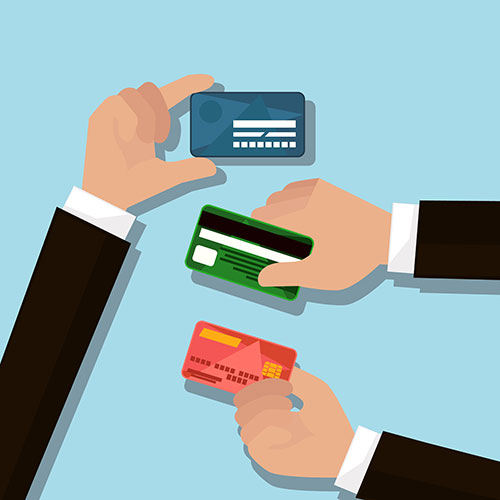Making use of UV laser inscription, artists can elevate glass art to brand-new elevations. From deep engravings that create a responsive experience to surface area markings that are much more subtle, the resulting art work can astound and influence.
To restrict chipping during laser inscription, use a thin coat of liquid dish soap to the surface of your workpiece. This will help dissipate any heat caused by the laser and prevent the engraving surface from becoming rough.
Translucency
Glass may look fragile, but it's actually a long-lasting product. You can locate sanctuary home windows constructed from glass that more than 500 years of ages. Glass is likewise very difficult and can stand up to some heavy tons. It can even be tempered, which makes it more powerful and extra resistant. This permits personalized glass to stay looking lovely and undamaged for a very long time.
If you're showing your engraved glass, it is recommended to place it on a top quality stand or structure. This will certainly make the glass look more formal and prestigious. An additional alternative is to use a light for your display. This will certainly brighten your personalized glass, which can truly make it sparkle.
When inscribing glass, it is important to put on heat-resistant handwear covers. The debris created during the procedure is extremely hot and can cause burns if you touch it. It is also an excellent concept to work in a well-ventilated area.
Representation
The different structures of sandblasted and clear glass create unique aesthetic results depending upon the light source. When reflected light is routed from the side, darkness cast over the uneven surface of sandblasted glass, which can boost the viewed texture and include deepness to the style. When backlit, the sandblasted areas of glass are changed right into a diffused light panel, softly lighting the item and highlighting its frozen sections.
Engraving is a kind of design on glass using a device to abrade the surface area to leave a mark, from the very simplest diamond-point hand devices to complicated equipment. It is a part of glass art, together with etching and cut glass.
Until lately, producing engravings was a really labor-intensive and costly process. The development of very first sandblasting and then laser inscribing considerably reduced the cost of glass inscription, stunning glass display examples making it possible to get a lot more customized engraved items. It also enables the creation of layouts that might not be produced with earlier approaches.
Transparency
The crystal clarity of etched glass makes it a sophisticated canvas for elaborate layouts that serve both visual and practical purposes. Whether it's for ornamental art, awards, or personalized glasses, the blend of sophistication and function collections engraved glass in addition to other imaginative mediums.
Personalized glass is likewise long-lasting. It can be discovered in cathedral home windows that have endured for more than 500 years. It is immune to the most unpleasant wear and tear, making it a sturdy and versatile selection for commercial rooms or domestic homes.
The inscription process utilizes heat to soften the glass and make it flexible enough for pattern imprinting. Relying on the preferred layout, the etching can create message or pictures and can also provide depth for a 3D result. The modern laser inscribing process can service the surface of the glass in addition to inside it. This allows for more thorough images than the typical stipple process.
Shade
Personalized glass is a kind of attractive glass with a three-dimensional pattern or picture. It is commonly used to produce personal privacy without blocking light and supplies an elegant seek homes.
The oldest inscription strategy involves incising the layout into glass with a turning copper wheel fed with abrasives. Extra modern methods consist of diamond scribing and stipple engraving. The last works by tapping an extremely hard, sharp point (typically tungsten carbide) onto the surface of a glass item to make tiny dots. By varying the thickness of the dots, various tones can be produced, from black to white.
Lasers are the most recent glass inscribing technology. They utilize a concentrated beam of monochromatic light to heat up the glass, which evaporates and cracks it. The laser's precision enables detailed designs, however it is necessary to use a jig or clamps to protect the glass to avoid activity that can lead to misalignment. This is specifically critical for glass that has been etched or sandblasted.
